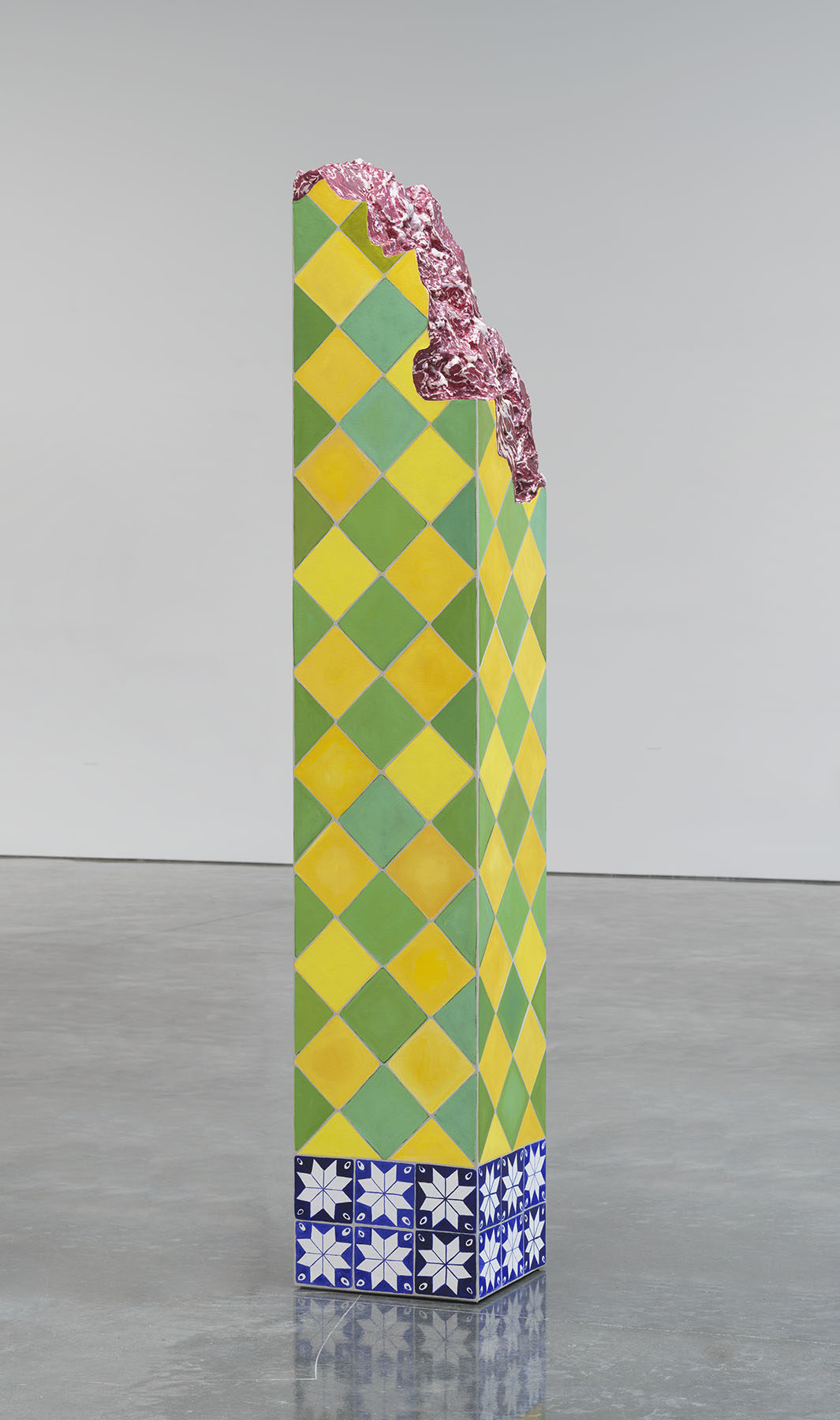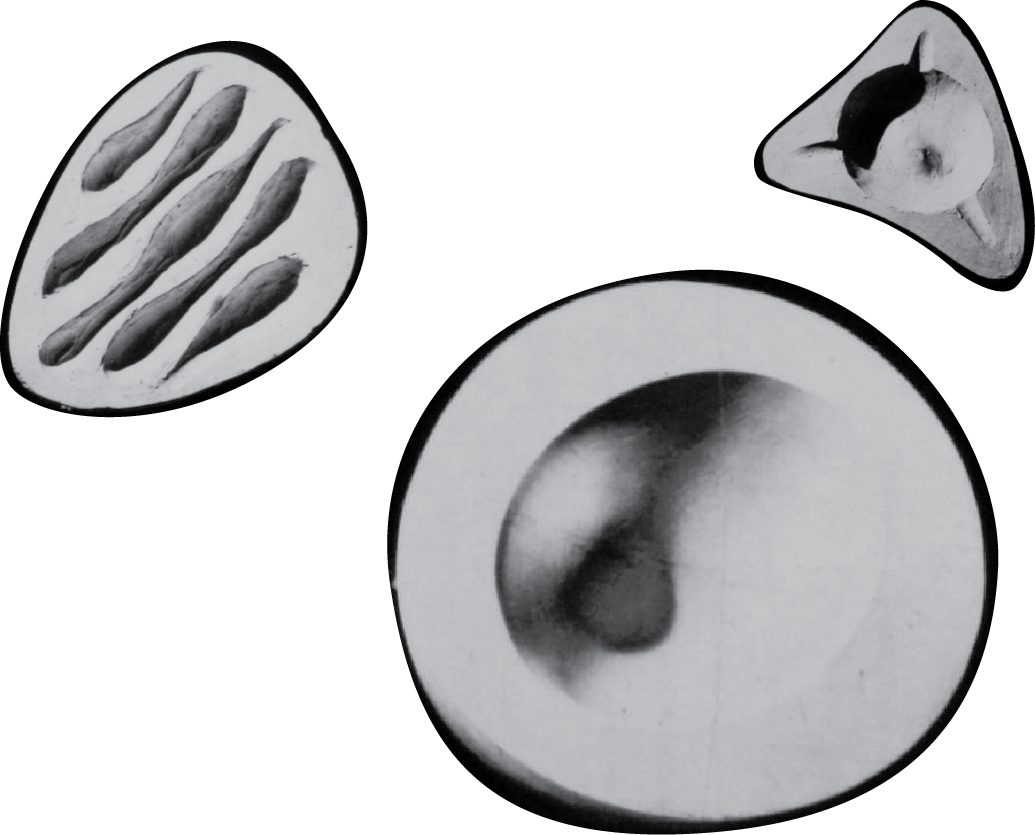BLOOMINGDALE’S BOOK OF HOME DECORATING CIRCA 1973
Published by Harper & Row in 1973

Barbara D’Arcy was a window decorator for Bloomingdale’s department store in New York, between 1953 and 1973. The rooms she designed and eventually published in the pages of “Bloomingdale’s Book of Home Decorating” are a reflection of her considerable research and experimentation that also appeared in the pages of various publications in the United States that either no longer exist, have transformed or have been absorbed into contemporary publications. D’Arcy’s anecdotes provided interested ameteaur consumers with an interior design language during a time when the market sought individualism while experiencing a boom of mass production. How does one achieve style within a budget? According to D’Arcy: “Copy it. Shamelessly. After all, a professional has worked it out and chances are it’s good.” D’Arcy’s text reads a bit like Julia Child’s non-judgemental tone of someone who wants you to enjoy cooking, or in this case, decorating, as much as she does. Walking the reader through a series of pedestrian, yet useful concepts, tools and moments through stunning imagery, casual conversation and even “a short dictionary of decorating terms” originally published by José Wilson and Arthur Leaman—D’Arcy’s book remains an iconic time capsule of American design references.



“Maybe you’re a member of the Saturday Generation. If so, we know you. Some of you have gone to work right from high school or trade school. Some of you are just starting out in your profession. You may have a roommate, you may live in a bachelor pad. You’re informed, you’ve got taste (usually more taste than money, right?) and as far as today is concerned, you’re with it.”
—Barbara D’Arcy, 1973





“Our love and desire for beauty are instinctive. If we look back through history we can see originality in almost all cultures. Our forebears made things with their hands or directed the crafting of their furniture and silver by the local carpenter and silversmith. Though their homes were often crude, they had great charm, color and individuality.”
Images permissions requested of both Harpers & Bloomingdale’s.






